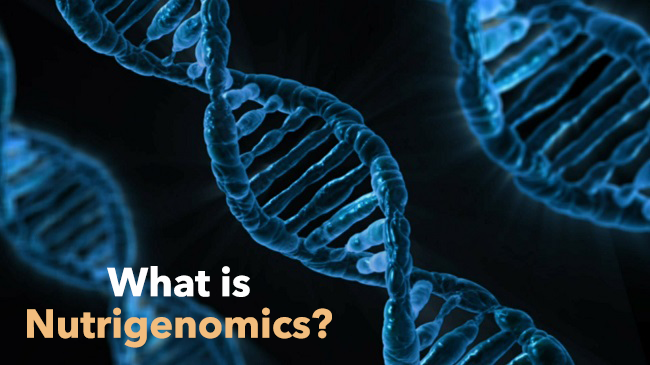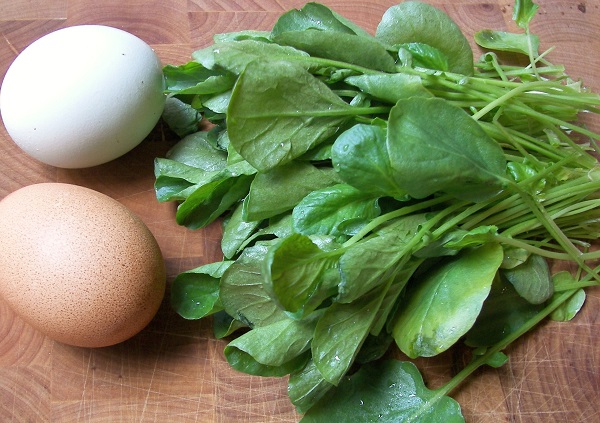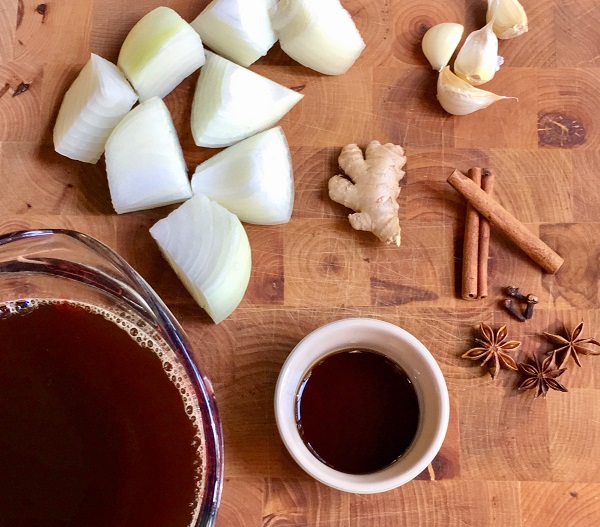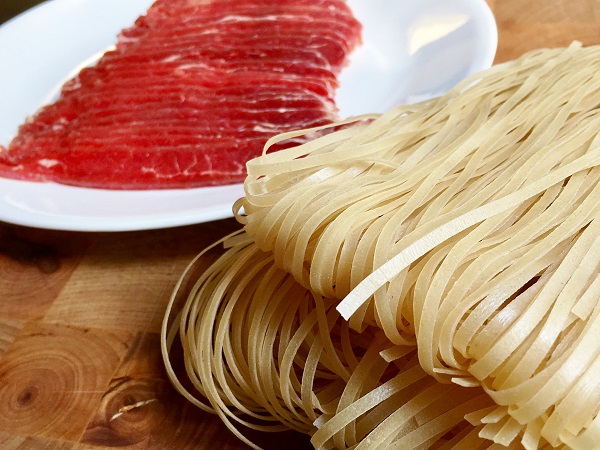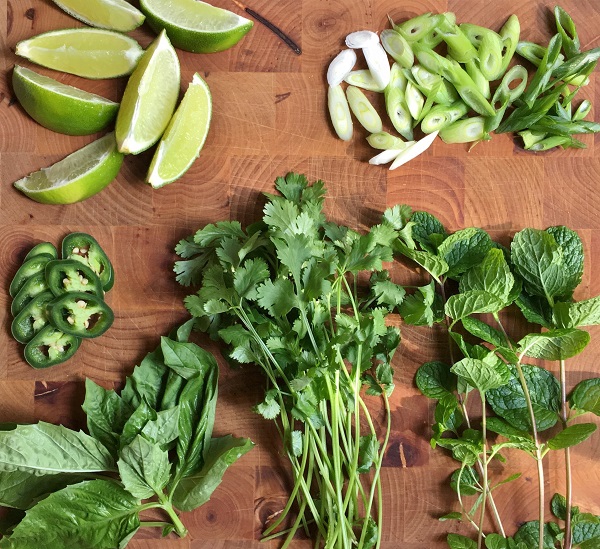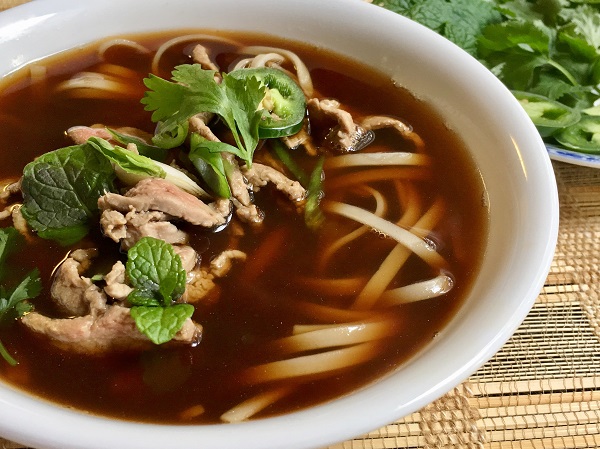Have you ever wondered why your friend lost weight on a specific diet and you lost nothing, even though you did exactly what he or she did, or why your spouse’s cholesterol is better than yours even though you eat the same foods? It’s because we are all different and we all have slightly different DNA. Our unique genetic makeup affects how we process nutrients. There is an emerging science that looks at all of this called Nutrigenomics.
Ever wonder why your friend lost more weight on a diet? Nutrigenomics may have the answer. Click To TweetNutrigenomics is basically the study of how a food or nutrient acts on our unique genetics. There is also Nutrigenetics which is how the gene acts on nutrients or how we respond to nutrients. These two concepts tend to get lumped together simply as nutrigenomics.
So, on one hand, the nutrients we consume can affect the way our genes are expressed, and on the other hand our genes are able to influence how our bodies respond to these nutrients.
These genetic variations, what are called single nucleotide polymorphisms, or SNPs (snips), make each of us unique in many ways, including how our bodies respond to different types of foods or nutrients. Think of a SNP like a typo in the gene. The goal for nutrigenomics is that one day we can individualize diets based on our genetic profile to optimize our health and prevent disease. We will know exactly what kind of diet will work best for you, and ways to work around any of those SNPs that might cause issues.
Traditionally, many nutrition guidelines come from the results of large population studies which look at patterns or averages among a population. These kinds of results may work for most of us, but not all of us. For example, in a weight loss study, maybe the majority (or the average) lost 8 pounds, but when you look at the actual data you could have people who lost 20lbs or people who even gained weight. This is where your unique genetics come into play.
Research on nutrigenomics is still new, so be leery of companies that are already offering nutrition advice based solely on your genetics (there are already over 30 companies that do this). There are many other factors that come into play, like our microbiome, our activity levels, our stress levels, and other factors that can affect how we respond to certain foods and nutrients.
Let’s look at a few examples to give you an idea of what nutrigenomics can provide for us.
Vitamin A
Contrary to what most people believe, plant foods don’t contain true Vitamin A. They contain Vitamin A precursors (carotenoids like beta-carotene), which our body then converts to the form of Vitamin A that the body can use. Animal foods already contain the form of Vitamin A that our body can use without any conversion.
BCMO1 is a gene that encodes an enzyme in the small intestinal mucosa which converts beta-carotene to active Vitamin A. If you have a SNP in this gene, that enzyme activity is reduced by up to 70%. It’s estimated that about 45% of the population have this SNP.
Vitamin A is needed for vision, a healthy immune system, healthy skin, reproductive health and many other very important jobs. If you have this SNP you might be more likely to be deficient in Vitamin A, unless you are getting it from animal sources (eggs, milk, butter, cheese, liver).
Folate
The MTHFR gene is one of the most studied genes out there right now. This gene encodes the production of an enzyme involved in methylation, which is needed for many important metabolic processes including converting folate into an active form that can be used by the body. If this enzyme is impaired then you may not only have lower folate levels, which can cause issues like higher homocysteine levels (increased risk of heart disease), but possibly increased risk of miscarriage, mood disorders, impaired detoxification and other issues.
New studies are indicating that people who have this SNP have a reduced capacity to process folic acid, the synthetic form of folate found in enriched wheat products and most supplements. Those with this SNP (there are actually multiple MTHFR genes) will want to get plenty of naturally occurring folate from foods such as leafy greens and lentils, and if they are taking a supplement with folate it will likely need to be in the already methylated form. It is estimated that roughly 35% of the population have either a slightly reduced (30-40%) or very reduced (60-70%) enzyme production due to the MTHFR SNP.
ApoE
The APOE gene provides instructions for making a protein called apolipoprotein E. This protein combines with fats (lipids) in the body to form molecules called lipoproteins. Lipoproteins are the “containers” that carry cholesterol and triglycerides through the bloodstream. Apolipoprotein E also plays a role in glucose metabolism, neuronal signaling, mitochondrial function and other processes.
Researchers have identified 3 slightly different variations of this gene: E2, E3, and E4.
- Those with the E2 variation account for less than 1% of the population. Having the E2 variation is associated with an increased risk of diabetes, higher triglyceride levels and higher inflammation levels. Studies have found that this variation greatly benefits from a low sugar, low processed carbohydrate diet and a high omega 3 intake.
- E3 is the most common variation and is found in more than 50% of the population. Those with the E3 variant are in the middle with a moderate risk of heart disease compared to E2 and E4 variations.
- Those with the E4 variation account for about 3% of the population. They tend to have the highest LDL cholesterol levels, lowest HDL levels, higher risk of stroke, and possibly increased risk of multiple sclerosis and Alzheimer’s. Studies have also found that being overweight with this variation is especially harmful.
This is just a small sample of the thousands of SNPs being researched right now, with new information coming out almost daily.
It’s important to remember that there are many other factors that can impact our risk of heart disease and other health problems. This is why you can’t just look at genetics alone, and genes rarely work in isolation. These SNP’s provide general info about our propensity towards disease, but doesn’t mean we will or won’t get that disease, there is no diagnosis based on one SNP. Our bodies are very complicated, and there are complex interactions among multiple genes. Our diets and lifestyle habits play a huge role in our overall health as well.
One quote that sums it up well is: “Genetics loads the gun, and environment pulls the trigger.” “Environment” being our diet, lifestyle habits, toxic exposures, etc. Studies have also shown that we can override certain SNPs through lifestyle modifications.
The research around nutrigenomics is getting better all the time, but we are still in its infancy. There are still many things we don’t know about genes and the application to clinical outcomes, but the research is fascinating and promising! Keep your eyes peeled for more and more exciting research from the field of Nutrigenomics in the years to come!
Quick and Easy Pho
Adapted From: Gimme Some Oven
Makes 4 Servings
This is one of my favorite broth based soups, perfect for those cold days when you need something comforting. This soup is also very customizable, you can use fewer noodles, or zoodles, or more beef, or add other vegetables or even use chicken and chicken broth instead of beef, or vegetable broth and tofu to make it vegan.
Broth Ingredients
8 cups beef broth*
1 cup water
1 onion, quartered
4 cloves of garlic, roughly minced
3 whole star anise
3 whole cloves
1 (3-inch) knob of ginger, sliced into coins
1 cinnamon stick
2 Tbsp fish sauce
salt and black pepper
8 oz brown rice noodles
10 ounces steak, very thinly sliced against the grain (I used flank steak)
Garnish options: fresh cilantro, lime wedges, thinly-chopped green onions, thinly-sliced jalapenos, fresh basil, fresh mint, bean sprouts, fresh ginger slices
Directions
- Broth: Add beef broth, water, onion, garlic, star anise, cloves, ginger, cinnamon stick and fish sauce to a large stockpot, and bring to a boil. Cover, reduce heat to medium-low, and let simmer for at least 20 minutes. Strain out the onion and whole spices. If the broth is too rich, you can add more water.
- Bring a large pot of water to a boil, add rice noodles and simmer until al dente (Don’t overcook!) about 3 minutes. Immediately drain the noodles, and rinse with cold water to stop the cooking. Drain and set aside.
- When you are ready to serve the soup, fill the serving bowls about halfway full with noodles, add the steak and pour hot broth in. The hot broth will cook the thinly sliced beef. Then load it up with plenty of your desired garnishes. My favorite is to squeeze juice from one lime wedge, add bean sprouts, then fresh basil, cilantro and mint. I typically rip apart the fresh herbs as I toss them in. If you like it spicy you can also add a drizzle of sriracha sauce.
*Since the success of this soup depends on the broth, make sure you start out with a high quality beef broth.
Nutrition Facts Per Serving (will vary slightly depending on beef broth/stock used): 410 calories, 13 g fat, 340mg sodium, 48g carbohydrates, 5g fiber 28g protein
Click here for a printer-friendly version of this blog post.
